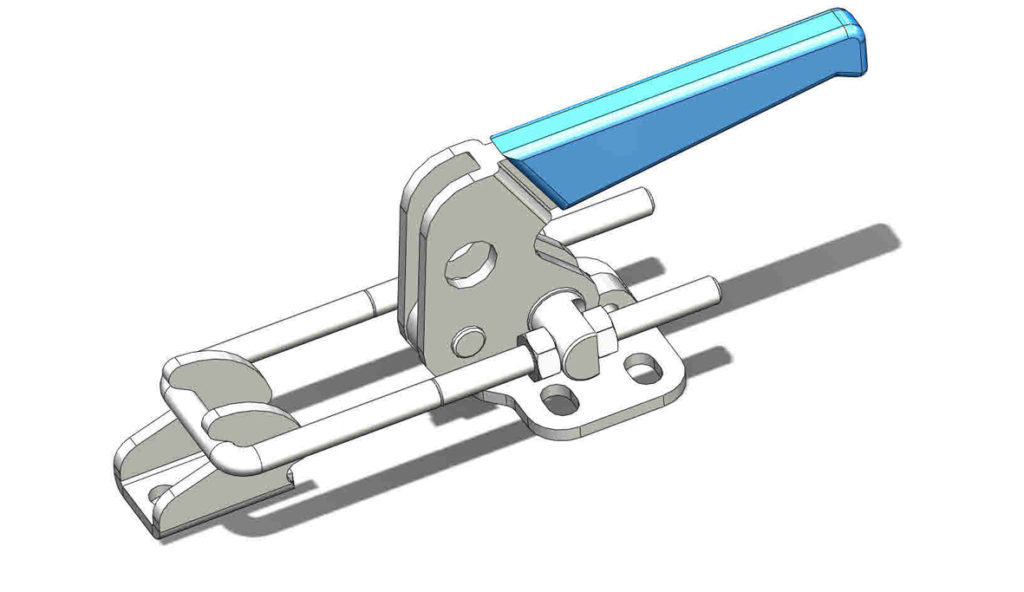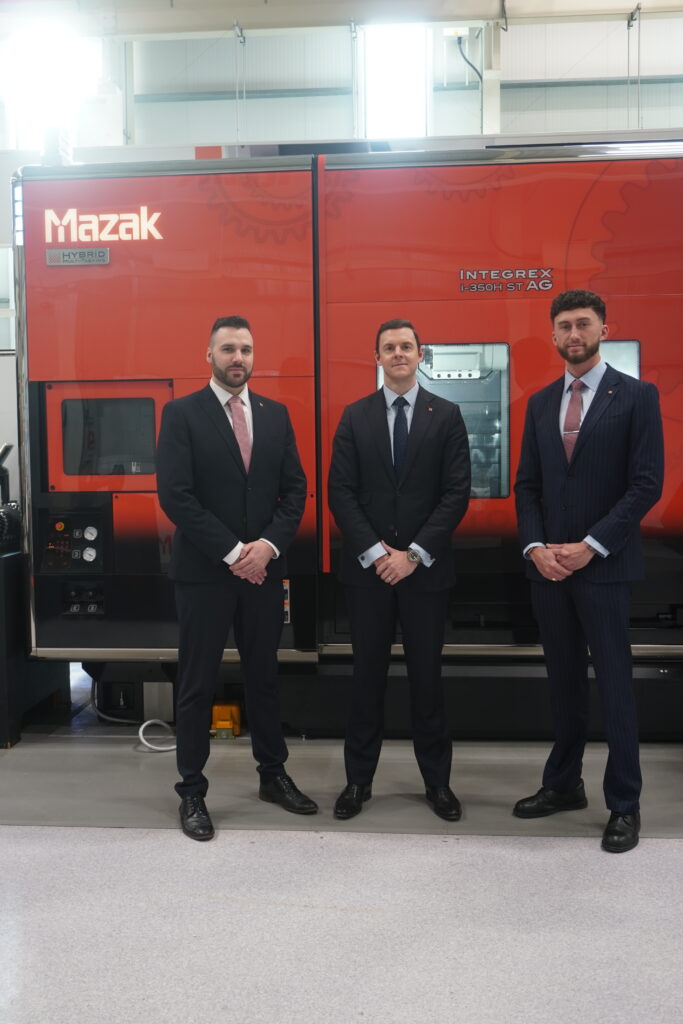The ABC of workholding jigs and fixtures
Estimated reading time 6 minutes
Designing jigs or fixtures that hold workpieces securely, yet which also allow tool access and fast mounting and release can be a complex undertaking. Designing and implementing the most appropriate solution, especially in high volume manufacturing environments, can have a significant impact on the cycle time of a production process, defining the efficiency of the operation.
Chris Putman, Sales and Marketing Director for WDS Component Parts Ltd, one of the UK’s leading suppliers of jigs, fixtures and other engineering components, shares his expertise.
Considerable thought is required in the design of jigs and fixtures. There are several issues to be addressed – and at times they may seem difficult to reconcile. Firstly the workpiece has to be held securely so that it does not move in any direction. However the fixture must not mark or damage the workpiece in any way. In addition, accuracy of positioning is always important; sometimes it is supremely important and tolerances will be expressed in micrometres.
As such there is a general rule that mounting and releasing should not require high levels of specialist skills from the machine operator. There also has to be clear tool access to each surface which is to be machined. It may be necessary to consider 12 axes of movement: back and forth, left and right, up and down, plus clockwise and counter-clockwise in the X, Y, and Z planes.
WDS offers a comprehensive range of jig and fixture components from simple bolts and bushes to vices, clamps, location devices, grippers and integrated workholding systems. It also has a comprehensive offering of micro and precision options.
However, having such parts is only half the requirement. They have to be used to build a bespoke work holding system that will accommodate any required size or shape of workpiece. As such, workholding has to be understood as an analytical science, so that the best possible solution can be derived for any given job.
In fact we can use a simple (if slightly laboured) ABC-type aide memoire to work through the main points of the design process:
- A is for accuracy of positioning and access for tools
- B is for bespoke solutions built up from bolts, bushings etc
- C is for cycle times and complex shapes
Jigs and fixture are usually made up from standard components, such as clamps, holding bolts and magnets. These are usually mounted onto a base plate and have to be assembled in a way that is suitable for each job, so every jig and fixture is – to some extent at least – bespoke.
As noted earlier, positional accuracy of the workpiece is of paramount importance, so careful consideration must be given to the way the holding components work together and complement each others’ grip so that the fixture locates the workpiece precisely in relation to a fixed datum point.
In highly repetitive mass production environments the fixtures may by electrically, hydraulically or pneumatically powered for rapid changeover. Significantly the actuating mechanism will need to be designed so that all the gripping elements work together to ensure that the workpiece is located precisely in position.
In lower volume production the fixtures are more likely to be manually set, but should still be foolproof when it comes to positioning the workpiece.
Whether it is high or low volume production, the force exerted by the fixture on the workpiece must be adequate to hold it firmly throughout the machining operations. Thus we can say that when designing a fixture it must be robust and rigid enough to withstand the forces it will be subjected to during production operations.
If the production operations are, say, assembly or spray painting, the forces will be relatively modest; but metal cutting, extruding, interference fitting etc. may induce very considerable loads. If a workpiece is relatively delicate but is to be subjected to significant force, it may need to be held in a bespoke clamp or former that spreads the required holding pressure over a large part of the surface area.
However the fixture holds the workpiece, it must allow clear access for tools, and possibly personnel as well. Thus fixture designers must understand all the processes that are to be carried out, and how the necessary tools will be moved into position.
Significantly, safety also needs to be considered. If people are involved, consideration will have to be given to guarding, failsafes and other safety features. Even if people are well clear of the machining location, the design will need to ensure that possible failure modes and their consequences will not endanger workpiece, machine or nearby personnel.
Engineers always have to think about costs. Production engineers will know that the cost of manufacturing products is related in part to the total machining cycle time.
While machining times can be fairly inflexible, design of work-holding fixtures can be optimised for quick and easy loading and unloading and this can have a significant effect on cycle times. A well designed fixture that enables correct and quick loading, clamping and unloading, and which does not hamper tool access can make a significant contribution to overall production efficiency – and therefore to costs.
We should also look at the cost of creating fixtures. Naturally a fully bespoke solution is likely to be the most expensive option, a modular system considerably less so and a standard solution will probably be the lowest cost. These costs have to be amortised over the production volumes, but a well-designed fixture will bring advantages in terms of product quality, tool wear and operating life, which should also be part of any cost-benefit analysis.
Well designed jigs and fixtures enable productivity and profitability gains by speeding up the mounting and demounting of work pieces. They also ensure product quality and machining accuracy, while improving the safety of metal cutting and other production operations. The use of standard parts will contribute significantly to controlling the cost of fixture design and production, and tapping into the expertise of a specialist designer, such as WDS, always pays dividends.
WDS Component Parts Limited : Sarah Gray
Tel: +44 (0)113 2909852 Fax: +44 (0)845 601 1173
Web: www.wdsltd.co.uk
Email: SGray@wdsltd.co.uk
Address: Richardshaw Road Grangefield Industrial Estate, Pudsey Leeds, LS28 6LE



